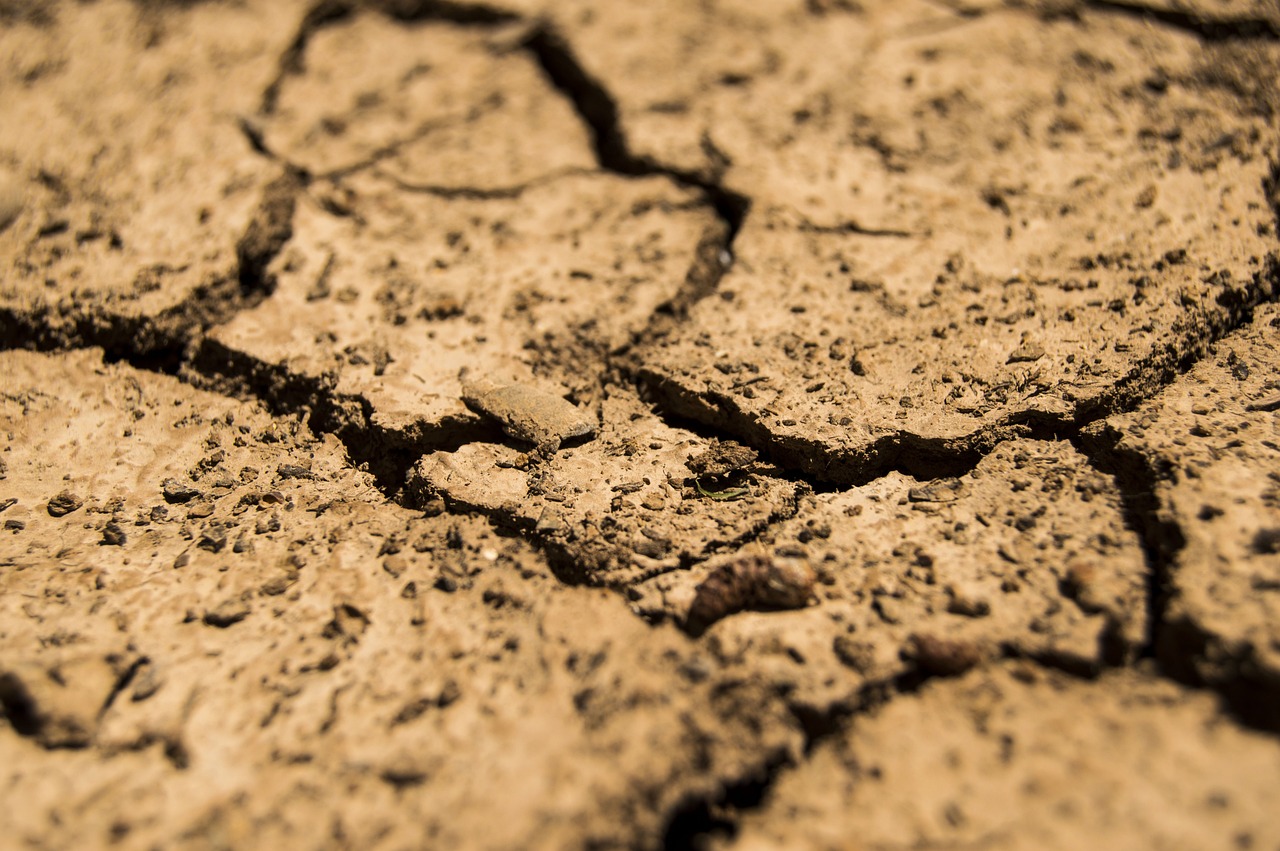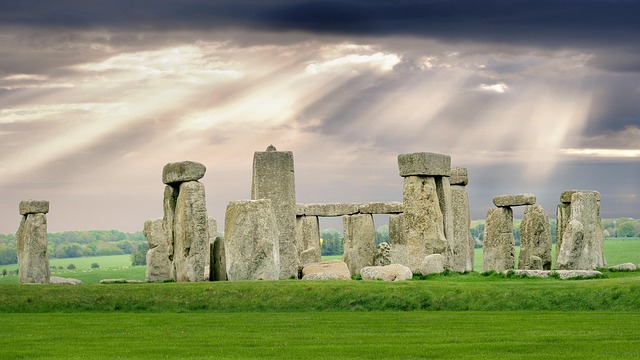Article Title:Rethinking disaster-induced collapse in the demise of the Andean highland states: Wari and Tiwanaku
Abstract:
The role of drought in the collapse of the ancient states of the Andean Middle Horizon has received a great deal of attention in recent years. The only Andean valley where both principal states of the time period, Wari and Tiwanaku, had established settlements is in Moquegua, Peru. Based on a GIS network analysis of ancient irrigation systems and detailed palaeoclimatic data, I assess the assertion that a centuries-long drought caused the collapse of state colonies in this valley circa AD 1000. I conclude that the onset of the drought significantly postdated collapse and suggest that factions of Tiwanaku social groups who allied themselves with Wari settlers upset the ecological balance of water use in the valley prior to the end of the first millennium AD. The increase in agricultural activity in the upper sierra in conjunction with the political instability caused by the fissioning of Tiwanaku political power int he valley created an environment of vulnerability for the Tiwanaku state colonies. It was the complex interaction of social and ecological factors that led to the collapse of the largest western colony of the Tiwanaku state. The Wari imperial colony played a pivotal role in this collapse by establishing an administrative center in the upper valley that drew away resources from the Tiwanaku state below. Ironically the politically instability cause by the Tiwanaku colonial collapse may have been instrumental in the downfall fo the Wari colony as well.
Keywords: irrigation agriculture; drought; Peru landscape ecology; GIS network analysis; Wari; Tiwanaku
DOI: 10.1080/00438240120107422
Source:WORLD ARCHAEOLOGY
Welcome to correct the error, please contact email: humanisticspider@gmail.com



